How to measure flour properly for baking without a scale so your baked goods come out fluffy every time. Measuring flour by volume is important when making cookies and cakes.

I will admit in the past I did not know how to measure flour right. I could tell when I pulled my baked goods out and they were dense, not pleasant. I didn’t bake often but when I did I wanted everything to come out right the first time. Measuring flour made all the difference! Let us share these cooking basics with y’all.
How to Measure Flour for Baking
Do you scoop or fluff and sprinkle?? That’s really what it comes down to. It sounds funny but THAT is the big mistake people make, I did early on. If you don’t have a digital scale we will share how to accurately measure and level the flour using a spoon to scoop, never the measuring cup!!
Yes to pack the flour is to make your recipe way to dense. Dipping the measuring cup into your container is the biggest no no in the book. You will have a much better result if you spoon the flour into your measuring cup friends. We will show you how to do just that correctly so your baking recipes come out fluffy from now on.
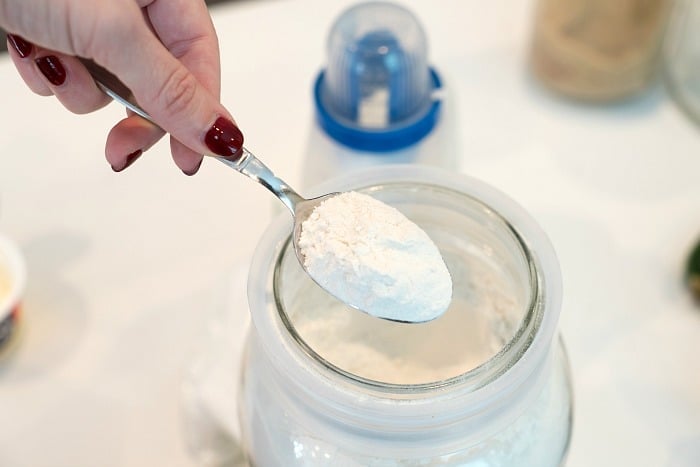
What is the proper way to measure flour accurately?
Scooping flour out of the bag or storage container directly using your measuring cup is NOT right. Why is is a problem? Well you’re compacting it and in the end using more flour than an actual cup full. All purpose flour and self rising flour are meant to be fluffy, and aerated.
That’s why you see photos in the “olden days” of women using flour sifters. These simple handheld devices fluffed up the flour and added air into the mix. Of course you can still find these and use them but there is a simpler method you can use.
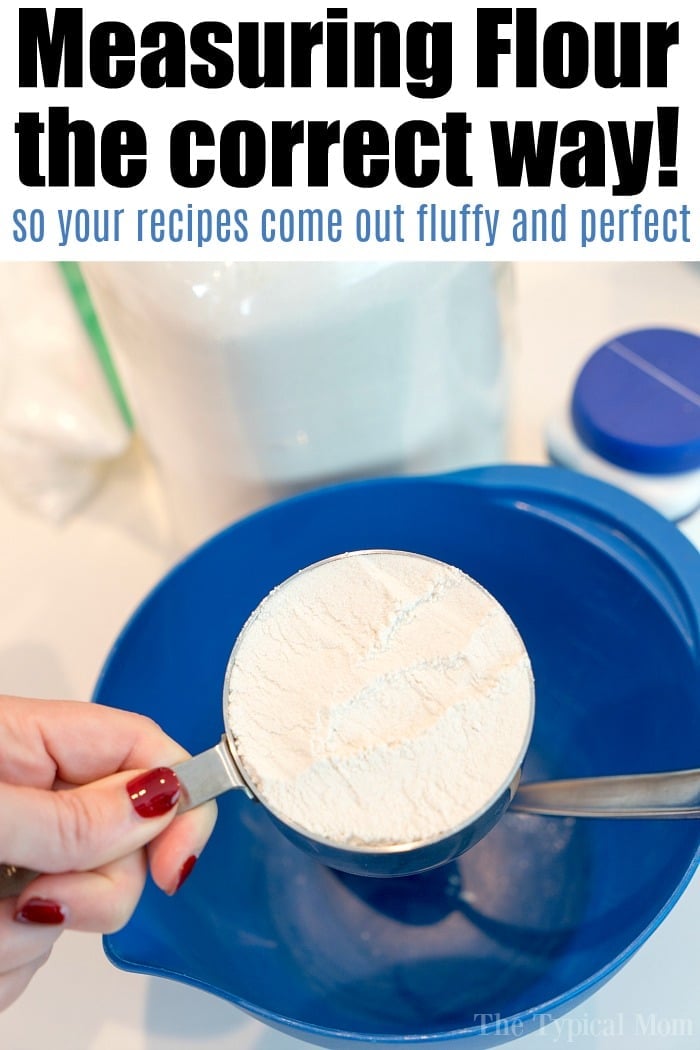
See how it is fluffy and not packed into one solid blob. Always remember that when baking you need to combine all your dry ingredients in one bowl and wet in another. Then you can combine the two as you see. Light vs dark brown sugar it doesn’t matter, sugars should be in the wet bowl with the eggs.
Our Instant Pot banana bread is a great example of measuring flour by volume correctly vs. what it looked like when I scooped it up directly with the measuring cup.
If you’re low on what you need you can also refer to our all purpose flour substitute guide. We also have a printable on how to half a recipe too for you here.
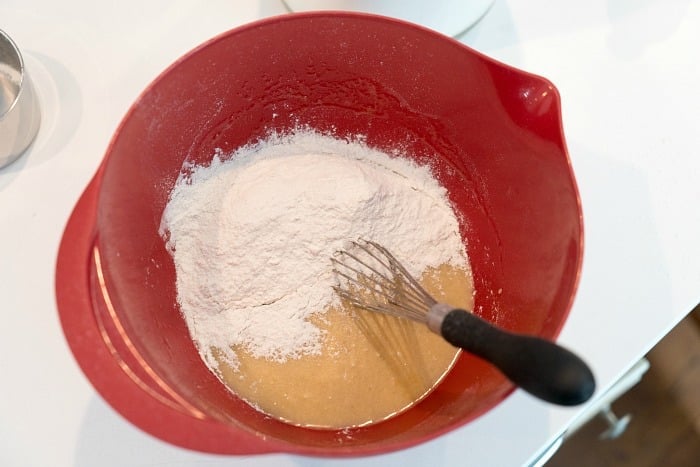
How to Measure 1 Cup of Flour
This is when I was measuring flour correctly. See how it is nice and fluffy. Below is when my oldest daughter asked to help and she made a batch. The only difference was that I didn’t show her how to measure flour. My bad.
How much should 1 cup of flour weigh?
4.25 ounces is the most accurate way to measure this dry ingredient, if you have a scale. You would first need to weigh the cup you are using, then set to 0 and start there. You would still want to scoop lightly with a spoon.
Now that they are all older and love to help in the kitchen they know this important step. They also understand that a recipe will likely be ruined if it isn’t followed. Nobody likes to waste a great banana bread just because of that!
Time needed: 5 minutes
How to Measure Flour Accurately
- Fluff
Use a spoon and fluff up the flour in your container or bag.
- Scoop
Then scoop it up using that same spoon and sprinkle it into your measuring cup.
- Measure
Once it is slightly over the edge use the back of a kitchen knife to remove the excess. Scrape it straight so the excess goes back into your storage container,
- Add
Shake and sprinkle what’s in your measuring cup (or use a sifter) into your bowl to proceed with the recipe you are making.
How to measure flour with digital scale?
Using a digital scale to measure flour is a precise and accurate way to ensure consistent results in baking. Here’s a step-by-step guide on how to measure flour using a digital scale:
- Set up your scale on a flat, stable surface. Make sure it is clean and free from any debris.
- Turn on the scale and press the “Tare” or “Zero” button. This will reset the scale to zero, accounting for the weight of the container or bowl you’ll be using.
- Select a lightweight container or bowl to hold the flour. Ideally, use a container with a flat bottom for stability.
- Place the container on the scale gently, ensuring it sits securely and does not wobble.
- Sift flour into a bowl. If you want one cup sifted, once done you will likely have leftovers as it will aerate in the process.
- Add the flour slowly into the container, making sure to pour it in a controlled manner to avoid spillage. As you pour, the scale will display the weight of the flour.
- Stop when you reach the desired weight. If you need a specific amount, such as 200 grams, stop pouring when the scale displays 200 grams.
- Remove any excess flour if you accidentally pour too much. Use a spoon or a small spatula to level off the excess. Gently sweep it off the top of the container to ensure an accurate measurement.
- Note the weight or proceed with what the recipe calls for.
By using a digital scale, you can measure flour accurately than relying on volume measurements. This method is especially useful when following recipes that provide measurements in weight rather than volume, ensuring consistent results in your baking endeavors.

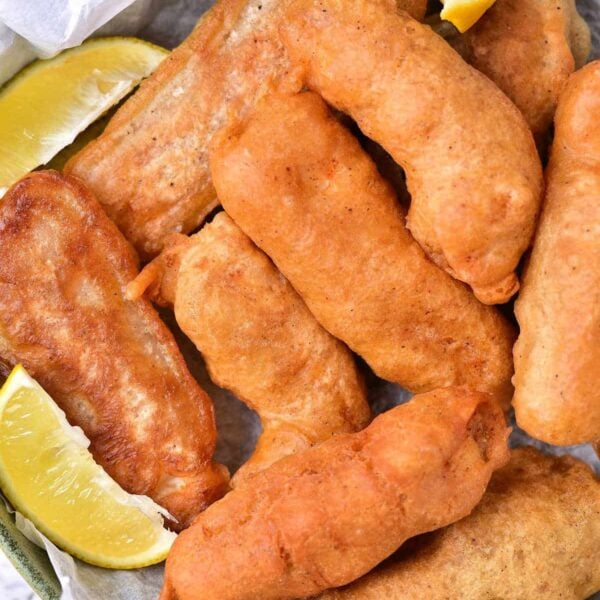
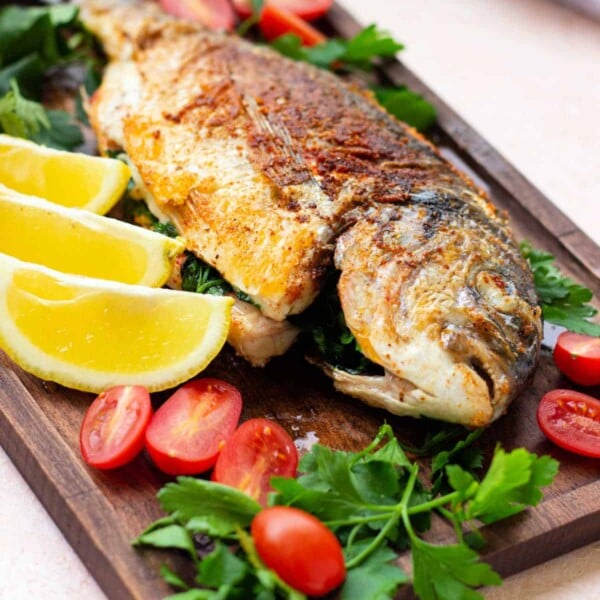
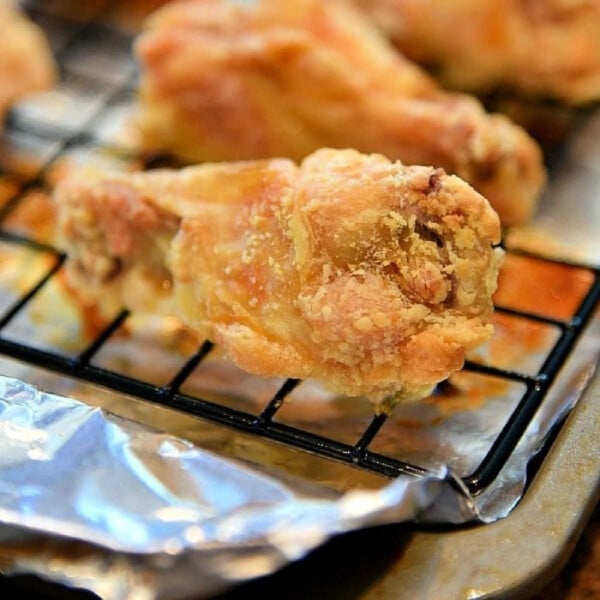
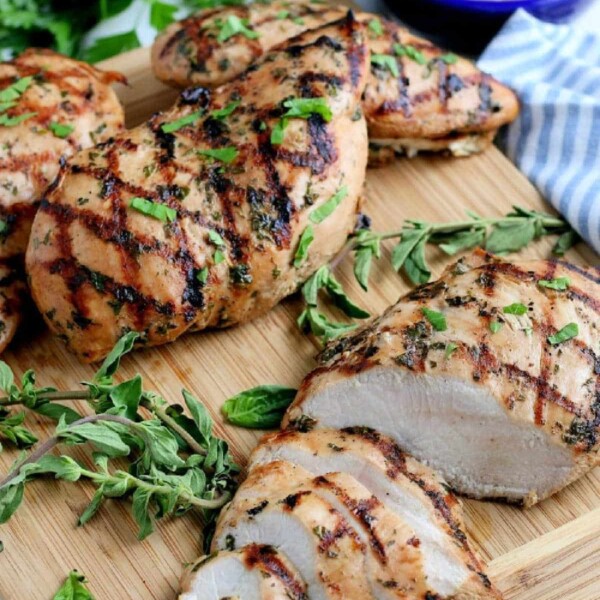







I made the peach cobbler and it didn’t rise. Any suggestions? Tasted great though. How big should the diced peaches be.
There are no quantities mentioned anywhere !
This is not a quantity post, it is how to measure properly into a measuring cup
Thanks for the info.. I tried baking biscuits. They were awful. Good part : The bottoms sere brown, & the toothpick came out clean.
. Bad part: Dense. ( explained above)
. Did not rise ( old baking powder)
. No flavor — any ideas why ?
Thanks.